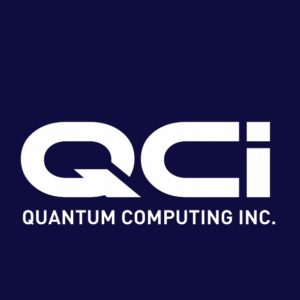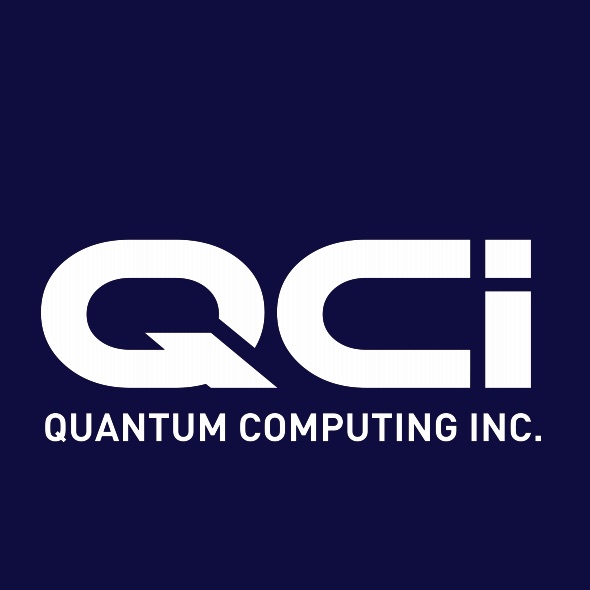 Quantum Computing Inc has released version 1.1 of its Mukai middleware with new capabilities delivering higher performance and greater ease of use for subject-matter experts developing quantum-ready applications needing superior performance today.
Quantum Computing Inc has released version 1.1 of its Mukai middleware with new capabilities delivering higher performance and greater ease of use for subject-matter experts developing quantum-ready applications needing superior performance today.
The Mukai software stack (released in January 2020) can be used to solve extremely complex optimization problems. Mukai enables developers to create and execute quantum-ready applications on classical computers, while being ready to run on quantum computers when those systems can achieve performance advantages. QCI has already demonstrated superior performance today for some applications built on Mukai and running on classical computers.
The new capabilities in the Mukai 1.1 release include a) delivering a greater diversity of more-optimal results in less time for larger, more memory-intense problems; b) better ease of use by automating some of the process for solving optimization problems, such as finding good values for the weights between different factors (i.e., Lagrange multipliers), and c) improved manageability and robustness for production use, including performance instrumentation and improved error-handling and -reporting. The performance improvements have been measured for both graph partitioning and for optimization problems from industry sources. These new capabilities are all available immediately in the QCI cloud-delivered Mukai service.
Discrete combinatorial optimization is one high-value class of problems expected to benefit greatly from quantum computers, and techniques for exploiting quantum computers for optimization have been deeply explored, evidenced by the work on quantum annealers by early D-Wave researchers and on gate-model QCs by researchers of the Quantum Approximate Optimization Algorithm (QAOA). QCI’s Mukai software stack is centered on the quadratic unconstrained binary optimization (QUBO) formulation well known to quantum annealing users. The Mukai software product includes two primary user/developer interfaces – the QCI NetworkX graph-analysis package and the QCI qbsolv QUBO solver. Modeled on the D-Wave NetworkX package targeting quantum annealing, QCI NetworkX implements a set of extremely compute-intense (NP-hard to mathematicians) graph kernels that are expected to benefit the most from QCs1; the kernels use the QUBO formulation.
The QCI Qbsolv QUBO solver allows the users to balance the quality of the solution against the time to deliver results. The user can choose to get a good answer quickly, an excellent answer in more time, and/or a diverse set of good answers”, stated Mike Booth, Quantum Computer Inc. CTO. “Mukai has demonstrated superior performance today for some applications, executing on classical computers for early clients, for problems such as portfolio optimization and HPC application optimization via better graph partitioning”, he added.
In this video, Quantum Computing Inc CEO Robert Liscouski describes the company’s Mukai quantum application development platform, featuring a software stack ready to solve extremely complex optimization problems.
QCI, an industry leader in the development of quantum-ready software, has deep experience developing applications and tools for early quantum computers and focuses on abstractions that free application developers to focus on the vital task of mapping problems to appropriate quantum computing forms by obscuring hardware-specific details. Quantum computing (QC) technology, applications, and use cases will evolve significantly as different architectures for QC hardware come to market. Implementation of QC applications will be significantly accelerated by tools that enable the development and execution of applications independent of any particular QC architecture. QCI provides those tools.




